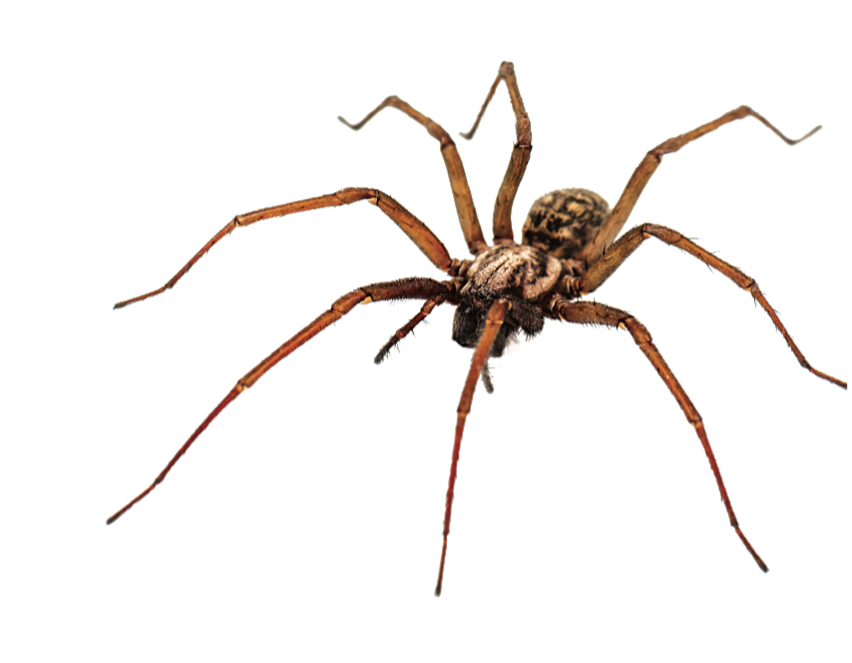One of our eight-legged friends has been spending time in the limelight lately. People from Georgia, US can’t help but to notice the presence of a seemingly new neighbor: the Joro Spider. Articles about them are circulating in the world wide web (no pun intended).
Question is, is this Spider the local animals’ friend or foe?
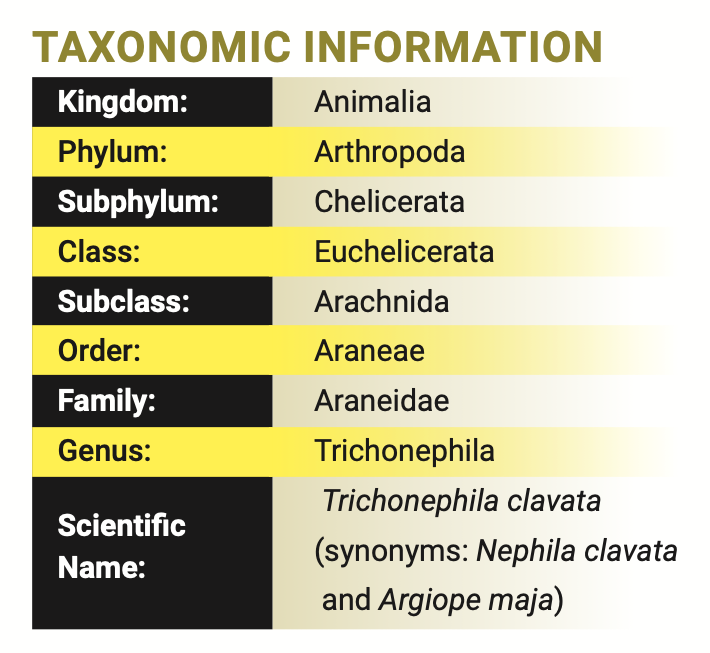
THOUSANDS OF MILES FROM HOME
Joro Spiders can be found in Asia, namely in the countries of Japan (except in Hokkaido), North Korea, South Korea, Vietnam, India, China, and Taiwan. Their presence in Georgia is therefore relatively unexpected.
Joro Spiders living in the US were first confirmed in 2014. It was postulated that they made their way to North America through cargos, and that there was a great likelihood that their egg sacs were deposited on materials coming in from Asia, according to a 2015 article by Richard Hoebeke, Wesley Huffmaster, and Byron Freeman.
TRULY EYE-CATCHING
According to a 2022 article by the Pennsylvania State University, Joro Spiders are relatively large, with bodies measuring up to an inch in length and leg spans of up to four inches.
One can’t miss catching this creature also due to their striking appearance: Their black cephalothorax is covered in silver or gold colored hair, their opisthosoma has alternating bands of bright yellow and grey-blue patterns with a red mark on the center, and their legs also appear to have alternating bands of black and yellow.

THE ENTANGLING BRIDE
In Japanese mythology, Jorogumos are Spiders known for their power to wreak havoc on handsome young men looking for love and other favors. According to stories, when a Jorogumo finds a desirable man, she seduces him and takes him to her home, for him to never be seen again.
The mythical Jorogumo is said to spin strong webs around a man, keeping him from escaping. Her venom makes him weaker and weaker as days pass by, leading to a torturous demise. As if that’s not enough, she is said to have the capability to command other Spiders, including those who can breathe fire and burn down houses of anyone who dares to meddle in the Jorogumo’s business.
All this gives the Jorogumo other names, such as “entangling bride” and “whore Spider” (the literal meaning of Jorogumo), according to Yokai.com.
Even though Jorogumos have a rather bad rap in Japanese myths, this reputation is uncalled for in real life. The fangs of Joro Spiders are so small that they have difficulty piercing human skin. Their venom is weak, producing only localized pain and redness, and is believed to be less painful than a Bee sting.
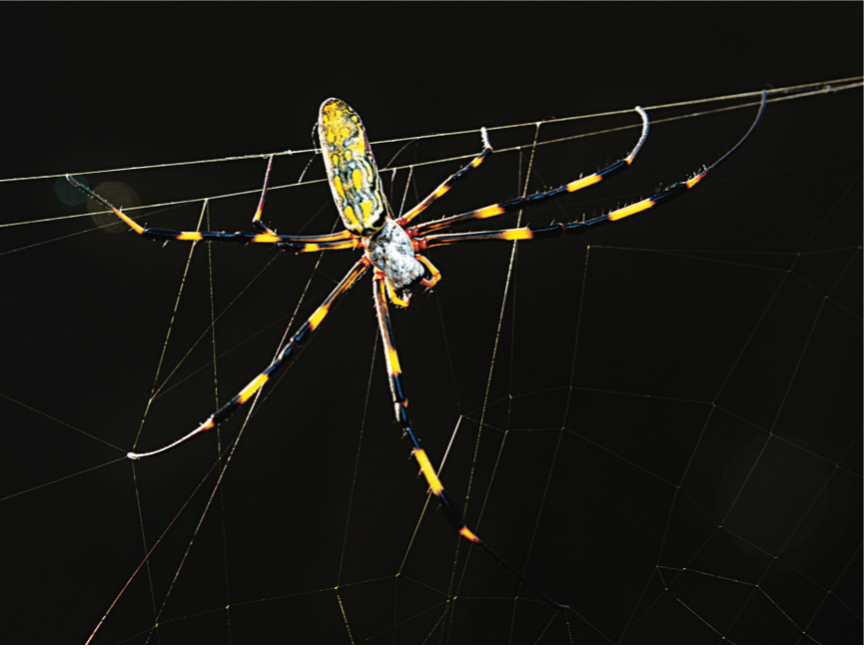
ARE THEY INVASIVE?
Invasive species are non- native organisms who are considered to pose a serious threat to the ecology of a certain place. It should be said that although these animals bear the brunt of their “invasiveness,” it’s the humans who are to blame, as they are the ones who usually take these species away from their natural habitats and bring them elsewhere, leading to ecological imbalance.
The impact of Joro Spiders making their way to the US remains unclear for now.

ARE THEY THERE TO STAY IN GEORGIA?
A 2022 study by Andrew Davis and Benjamin Frick published in Physiological Entomology suggests that the Joro Spider thrive in climates colder than that of the southeastern US. Therefore, it is yet to be determined if our traveler Spider friends can thrive in their new habitat, and if they can further their journey throughout the country.
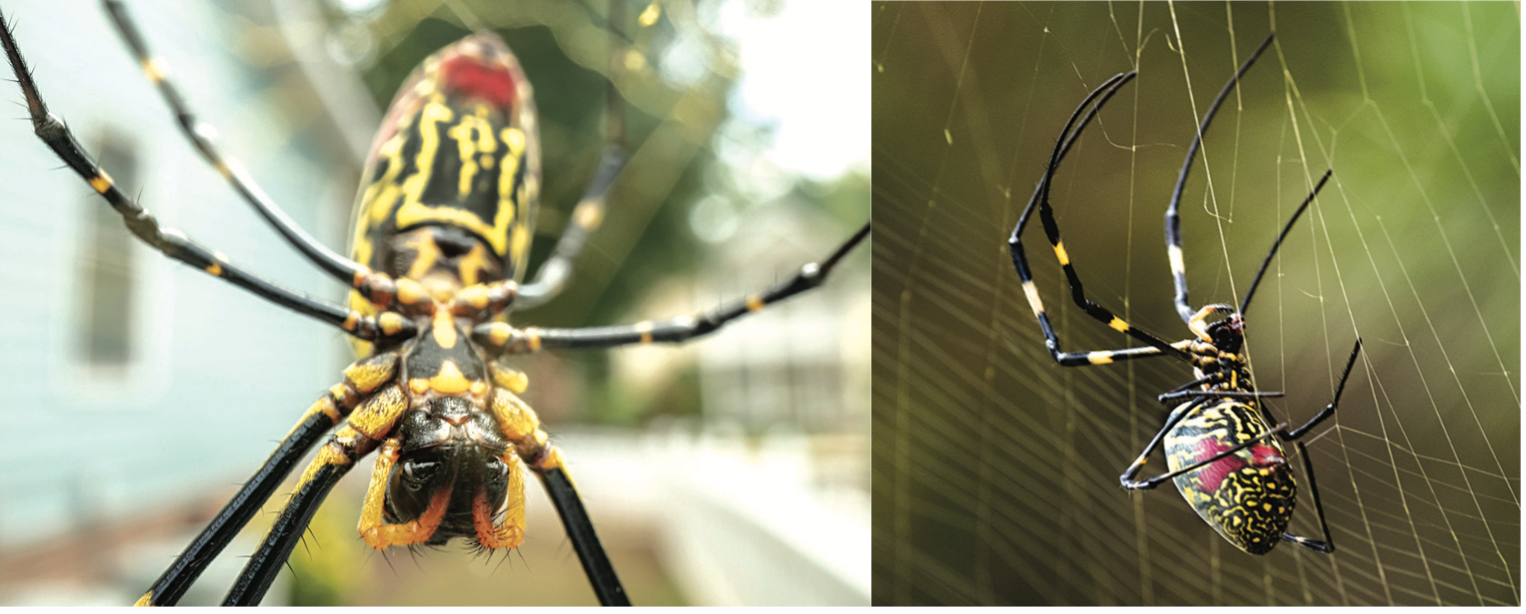
FRIEND, NOT FOE
The Joro Spiders are one of a few Spiders capable of catching and eating Brown Marmorated Stink Bugs who consume crops. They can also help suppress Mosquito and Biting Fly populations, according to a 2022 article by Allison Finch.
IS THERE A SPIDER IN YOUR HOME?
Even though there is no recently reported presence of a non-native species of Spider in our country, the following tips will come in handy in case our eight-legged friend visited you in your home.
According to a 2015 article by Liz Langley for National Geographic, here are the things you should do if you find a Spider in your house.
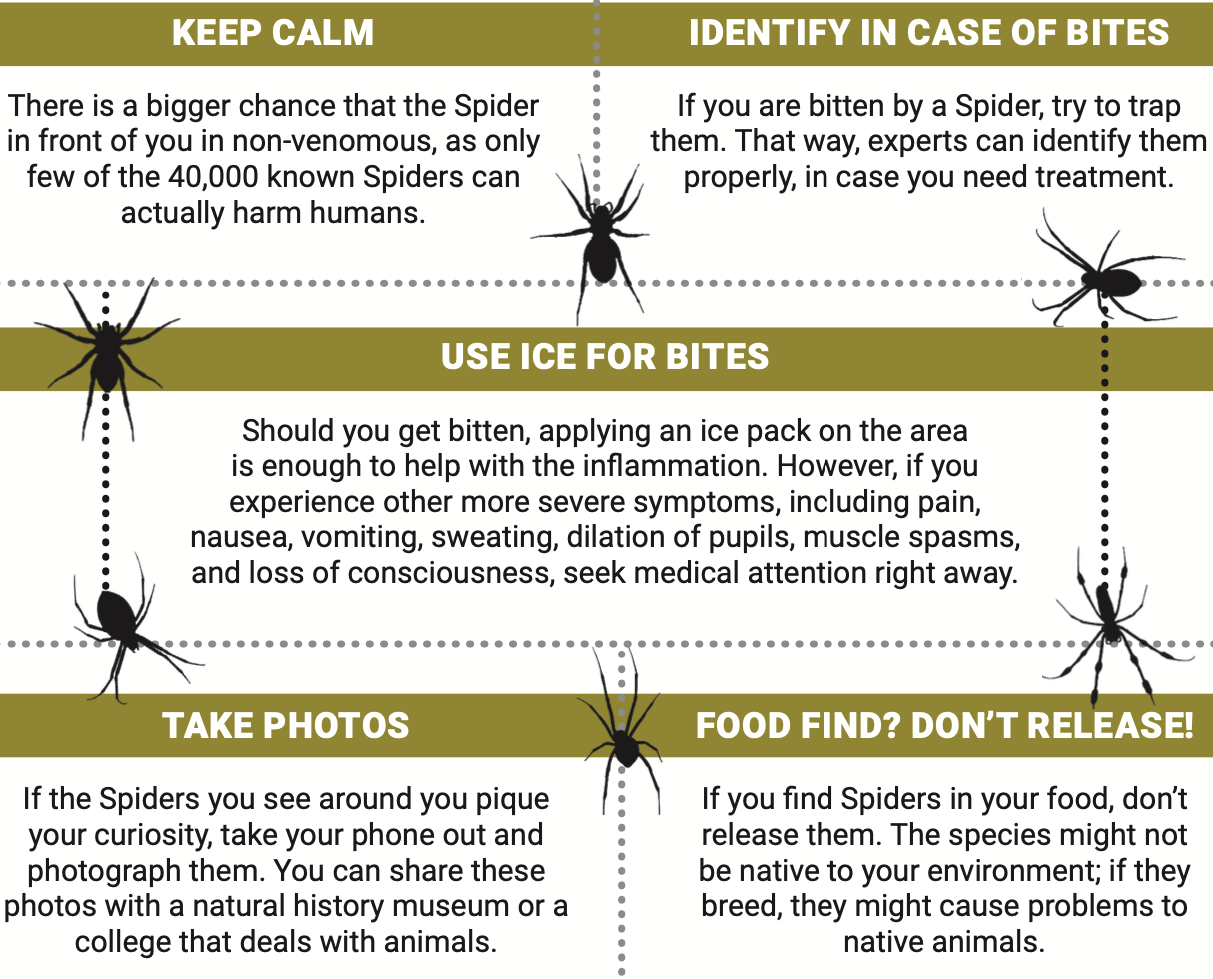
CURIOUS ABOUT YOUR FRIENDLY NEIGHBORHOOD SPIDER?
The University of The Philippines Los Baños Museum of Natural History in Laguna offers biological specimen identification. You can learn more about it through their website: mnh.uplb.edu.ph/ identify-specimens.
